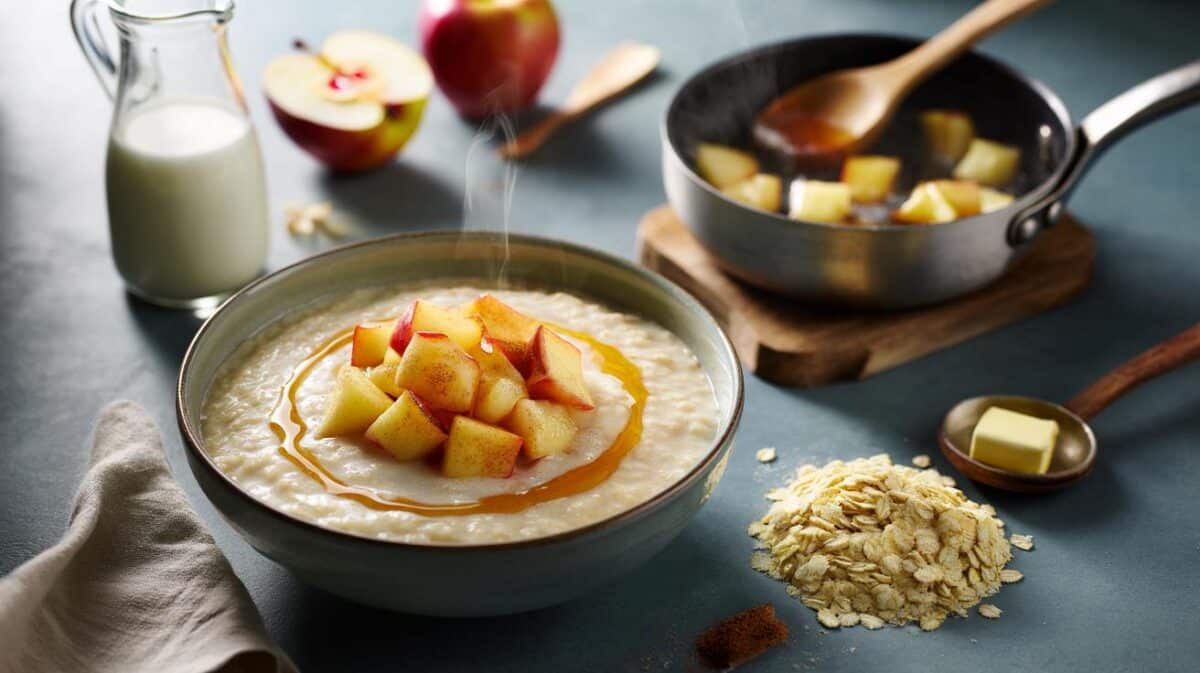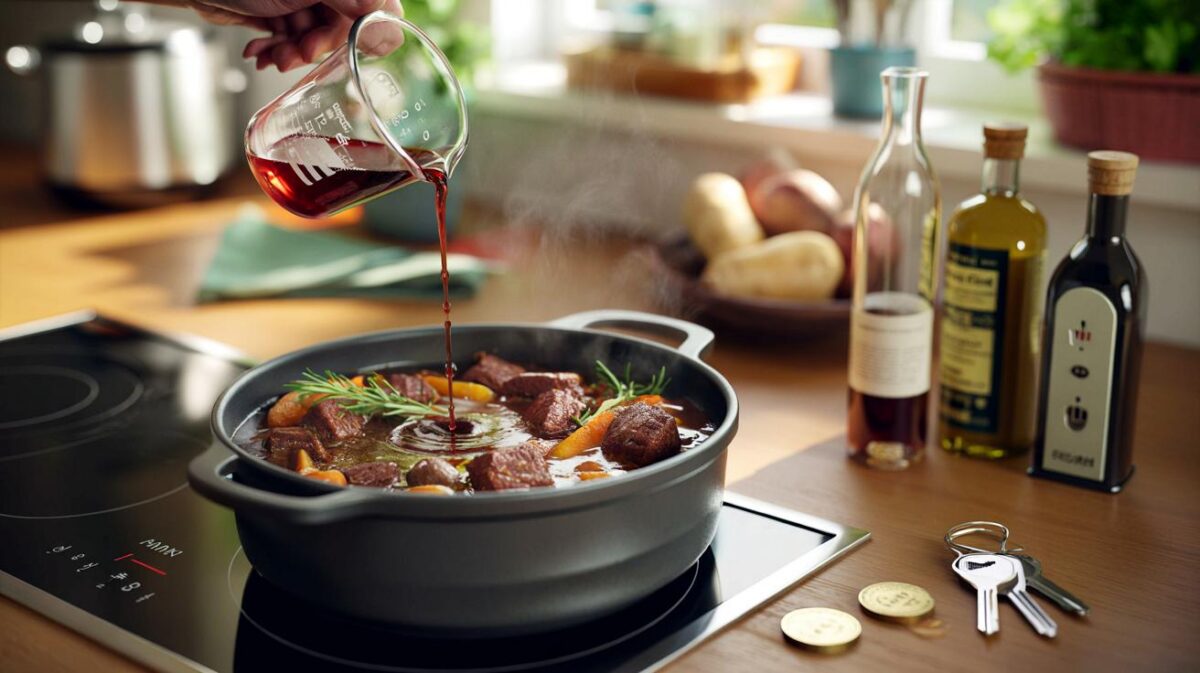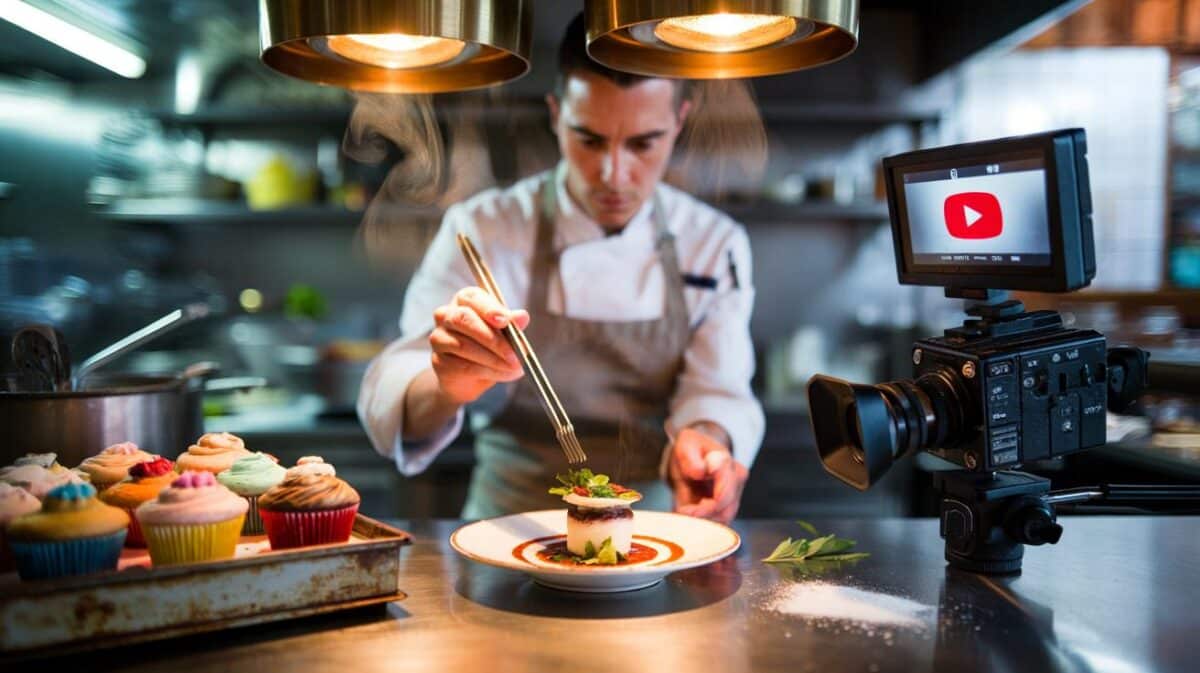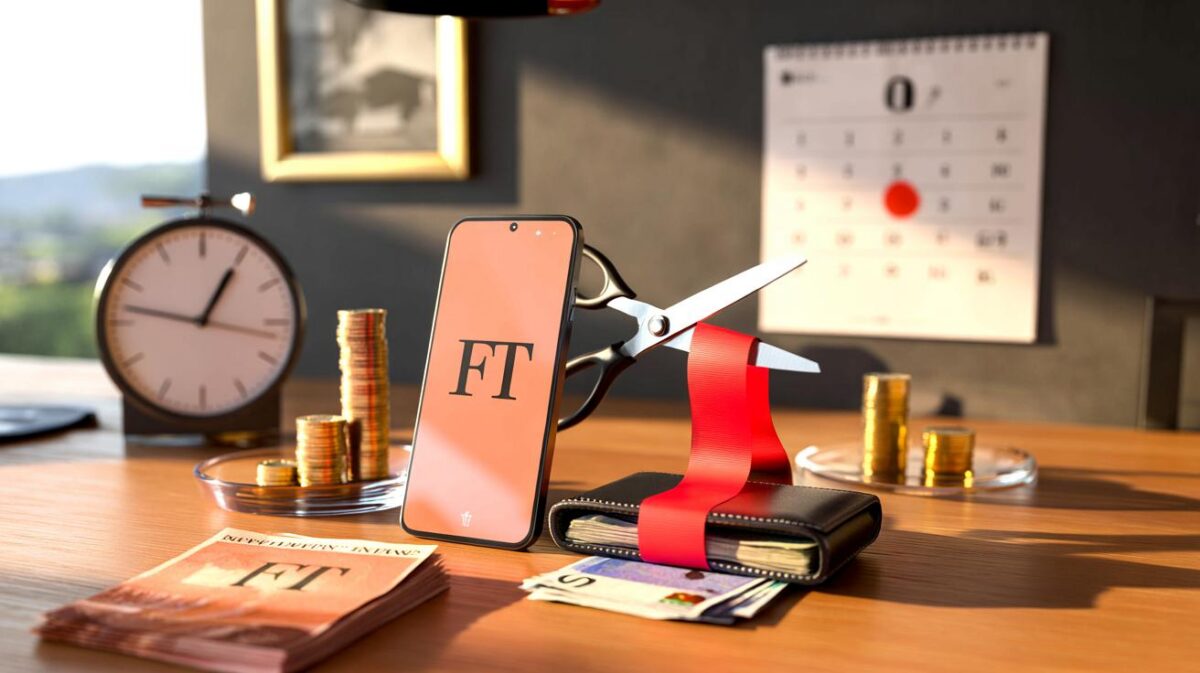Holidaymakers flock to the promenade at Sirmione and the ferries that criss-cross Italy’s largest lake. Yet just south of the shore, a small belt of vineyards produces characterful whites, smart food pairings and quietly affordable tastings. Lugana isn’t a detour; it’s the main event you almost skipped.
Why Lugana should be on your map
Lugana DOC straddles Lombardy and Veneto at Lake Garda’s southern rim. The landscape tells the story in every glass. A prehistoric glacier sculpted low hills and laid down mineral-rich morainic soils. Breezes slide off the lake and temper summer heat, while long, luminous autumns give grapes time to ripen without losing tension.
The grape here is Turbiano, a local biotype of the verdicchio family. It holds acidity like a spring, carries citrus and almond notes, and finishes with a crisp, saline nip that loves food. Producers bottle it in several styles, from fresh and zesty to textured, barrel-matured and traditional-method sparkling.
Within 10 miles of Sirmione you can taste five distinct Lugana expressions, tour two historic towers and still make your dinner booking.
The grape and the styles
Curious what you’ll taste? Here’s a handy guide.
- Lugana DOC: bright citrus, green apple, white flowers; drink young; serve with lake fish, fried courgette flowers or caprese.
- Superiore: extra texture and depth from lees ageing; think ripe pear, almond, gentle spice; match with roast chicken or tortellini di Valeggio.
- Riserva: longer maturation brings honeyed notes, herbs and savoury complexity; ideal with veal, aged asiago or truffled pasta.
- Metodo Classico: traditional-method fizz (often 24–36 months on lees); brioche, lemon curd, lively mousse; pour with oysters or aperitivo snacks.
- Vendemmia tardiva: late-harvest sweetness balanced by acidity; apricot and marmalade; pair with blue cheese or almond tart.
How the land shapes the glass
This is not a high-altitude story. The magic lies in the soils and the lake effect. Fine clays and fractured limestone lend a gentle grip to the palate and a whisper of salinity. Garda’s thermic winds lower disease pressure, so growers can harvest later without flabby fruit. The result: wines that feel refreshing even with weight and age.
Turbiano thrives on Garda’s breezes and mineral clays, giving wines that stay bright, travel well and age better than you think.
Where to taste without the crowds
Ottella, a gallery with tanks
Expect polished wines alongside curated art. The family puts design, beauty and precision at the heart of their cellar. Book a guided tasting and ask to compare current and back vintages to see how Lugana builds flavour over time.
Citari, vineyards by a battlefield tower
Climb the spiralling ramp of the Torre di San Martino della Battaglia for a panoramic lesson in the region’s history. Then stroll to Citari for a relaxed flight that shows the arc from fresh DOC to structured Riserva. Timing a lunch of handmade pasta at a nearby agriturismo turns it into a slow afternoon.
Perla del Garda, patience in every bottle
This family estate leans into long lees ageing for sparkling releases and expressive still wines. Hand-riddled bottles and measured dosage deliver structure rather than froth. It’s a good stop if you want to compare sparkling base wines with the finished cuvées.
La Morette and Marangona, character in contrast
One polishes precision; the other champions texture and place. Tasting both on the same day shows how one grape can split into distinct identities depending on harvest date, vessel and time on lees.
A weekend that fits your flight
Day 1: shores and cellars
Land at Verona or Bergamo, then head by train to Desenzano del Garda-Sirmione. Drop your bags, grab a lakeside lunch, and take an afternoon slot at a nearby winery. Aim for a second tasting before sunset, then wander the piazza for cicchetti and a glass of metodo classico.
Day 2: towers, tastings and trattoria plates
Start at the San Martino tower for the view and the context. Walk or taxi to a cellar door for a guided visit, then build a simple pairing lunch: lake fish, risotto with tench, or butter-sage tortelli. Book a final tasting focused on Riserva and late-harvest styles before returning to the waterfront for dinner.
Getting there and getting around
- Flights: multiple UK airports serve Verona and Bergamo daily.
- Trains: Verona Porta Nuova to Desenzano del Garda-Sirmione runs frequently in about 25–30 minutes.
- Car hire: useful for stringing together rural wineries; roads are straightforward, parking fills fast near Sirmione.
- Buses and taxis: short hops link stations to cellars; pre-book for late afternoon pickups.
What it costs right now
- Cellar-door tastings: typically £12–£25 for 3–6 wines, often with breadsticks or local cheese.
- Bottles to take home: many solid Lugana DOCs start around £12–£15; special cuvées and riserve reach higher.
- Boat tours on the lake: shared trips from about £20–£35 per person, private skippers far more.
- Meals: efficient trattoria lunches from £10–£18; dinner with wine from £25–£45 per person.
Food that makes Lugana sing
Local kitchens cook for these wines. Zippy Lugana DOC brightens fried lake sardines and lemony salads. Superiore loves butter-rich sauces and roast guinea fowl. Riserva embraces umami: aged cheeses, porcini, slow-cooked veal. Traditional-method fizz works from aperitivo to dessert—try it with lemon torta or almond biscotti.
When to go for fewer crowds and better pours
Late April to June brings blossom and steady warmth. September to mid-October offers harvest buzz and long light. July and August can feel hot on the plain, with queues at lake hotspots; book earlier or later for calmer tastings and more time with winemakers.
Tips that save time and bother
- Book tastings in advance, especially for English-language tours and weekends.
- Designate a driver or cluster wineries within short taxi range; tastings pour generously.
- Bring a travel corkscrew and soft bottle sleeves; many shops offer mixed sixes for checked luggage.
- Ask about vintage differences: cooler years accent citrus and salt; warmer years add stone fruit and spice.
If you want to go deeper
Try a side-by-side of stainless steel versus amphora or oak to understand texture. Taste a current-release Lugana next to a five-year-old bottle: the fresh one shows lime and blossom; the older wine turns toward honey, fennel and roasted almond while holding its line of acidity. Keep notes and snap labels—producers love to talk you through the differences.
Pair the trip with a cultural stop. The Castello Scaligero in Sirmione frames the lake like a film set, and an evening opera in Verona turns the journey home into a glow. If you want a half-day on the water, time a late afternoon boat ride, then tuck inland for dinner where the wines were grown. The contrast—the glitter of the lake and the calm of the vines—makes Lugana stick in the memory as more than a glass. It feels like a better way to do Lake Garda: closer, tastier, and kinder on the wallet.









Booked the 30-minute train from Verona—this sounds like the perfect mini escape. Never knew Lugana could be so varied: DOC, Superiore, Riserva, even metodo classico! Any winery doing side-by-side stainless vs amphora tastings on Saturdays? Can’t wait to try lake fish with a zippy Turbiano 🙂